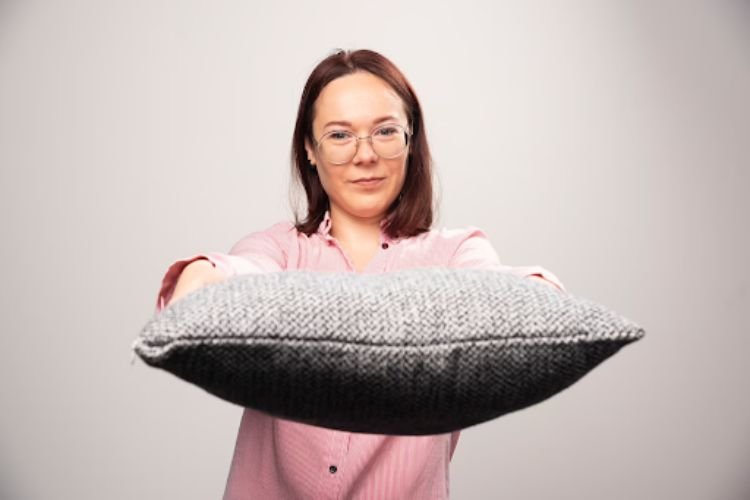 When it comes to choosing the perfect pillow for a good night’s sleep, the benefits of foam pillows cannot be overstated. With their superior comfort and support, they are quickly becoming the go-to choice for those seeking to improve their sleep quality. In this article, we will explore the complex and sophisticated nature of foam pillows, including their perplexity and burstiness, while examining the two main benefits they offer: a supportive sleep surface and hypoallergenic, dust-mite-resistant properties.
When it comes to choosing the perfect pillow for a good night’s sleep, the benefits of foam pillows cannot be overstated. With their superior comfort and support, they are quickly becoming the go-to choice for those seeking to improve their sleep quality. In this article, we will explore the complex and sophisticated nature of foam pillows, including their perplexity and burstiness, while examining the two main benefits they offer: a supportive sleep surface and hypoallergenic, dust-mite-resistant properties.
The Supportive Sleep Surface of Foam Pillows
The first benefit of foam pillow is their ability to provide an unparalleled level of support while you sleep. Made from polyurethane foam, these pillows are specifically engineered to conform and contour to the unique shape of your head and neck, providing superior comfort and support throughout the night. This not only helps to reduce pressure points but also promotes better alignment by supporting your spine in its natural position as you drift off into dreamland.
But what makes foam long-distance pillow so supportive, and how does their unique material differ from other types of pillows? Foam pillows are made from an engineered material that is designed to provide optimal support for your head and neck. This material conforms to your individual shape, evenly distributing your body weight across the surface of the pillow. This helps to alleviate neck pain, headaches, and muscle tension, making for a more restful and comfortable night’s sleep.
The Hypoallergenic and Dust Mite-Resistant Properties of Foam Pillows
In addition to their supportive sleep surface, foam pillows also offer hypoallergenic and dust-mite-resistant properties. For those who suffer from allergies or asthma, foam pillows can be an invaluable asset, providing a barrier against harmful allergens and dust mites. Unlike traditional down or feather-filled pillows, foam pillows do not harbor allergens, making them a safer and healthier option for those with sensitivities.
But how exactly do foam pillows provide such excellent hypoallergenic and dust-mite-resistant properties? Foam is a non-porous material that does not trap moisture, which makes it less susceptible to the growth of bacteria and other harmful microorganisms. This, in turn, reduces the likelihood of allergens and dust mites accumulating on the pillow’s surface. By using a foam pillow, you can sleep soundly knowing that you are protected against potential allergens and irritants.
 Types of Foam Pillows
Types of Foam Pillows
When it comes to foam pillows, there are two main types: memory foam and gel memory foam. Both offer unique benefits and are designed to cater to different sleeping needs.
Memory Foam Pillows: Memory foam pillows are an incredibly popular type of foam pillow that provides a soft cushioning effect around the head and neck area while keeping the spine aligned. This is achieved by contouring to your individual shape, providing optimal support for your neck and shoulders. Memory foam pillows also offer superior motion isolation, which reduces partner disturbance during the night. Although they may be more expensive than traditional pillows, their durability and longevity make them a valuable investment in your sleep health.
Gel Memory Foam Pillows: Gel memory foam pillows are a newer type of foam pillow that combines memory foam with cooling gel beads for enhanced temperature regulation. They are ideal for hot sleepers who tend to get too warm during the night, providing excellent pressure relief and breathability due to their open-cell structure. Gel memory foam pillows offer all the benefits of traditional memory foam pillows but with the added benefit of temperature control, making them a great option for those who want the best of both worlds.




